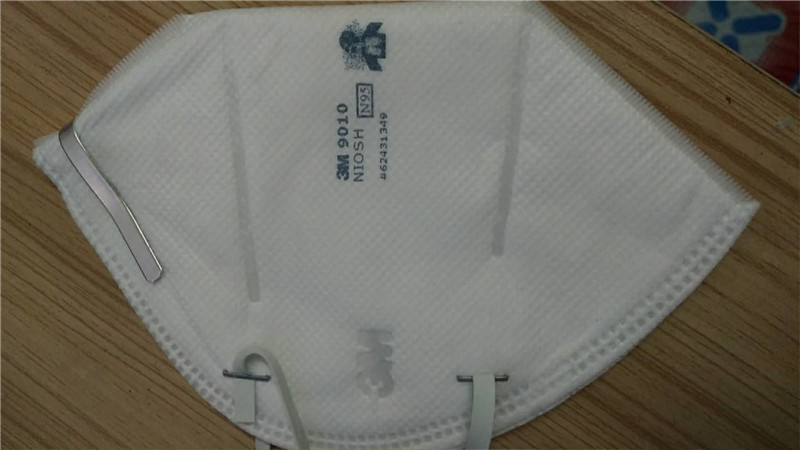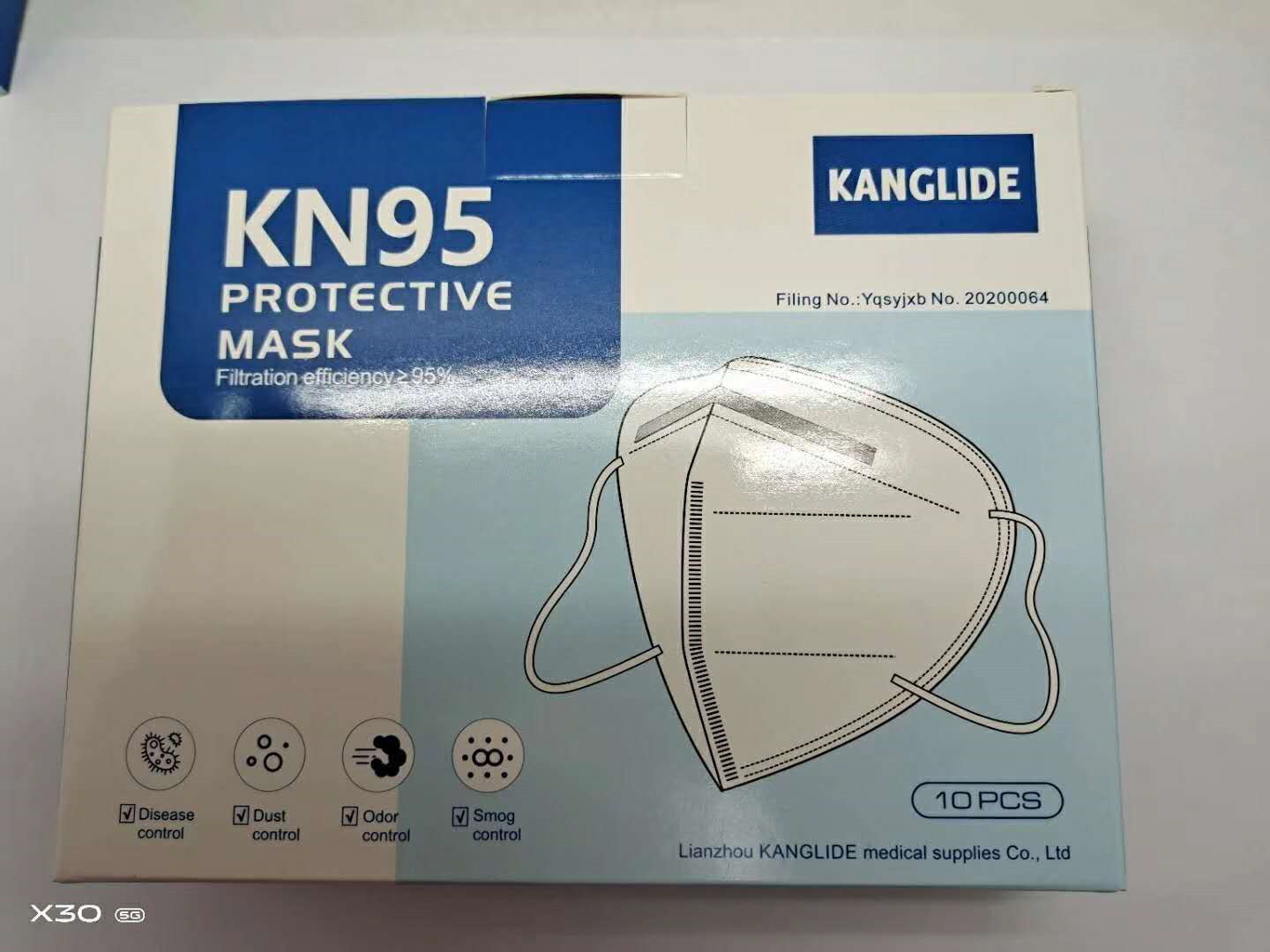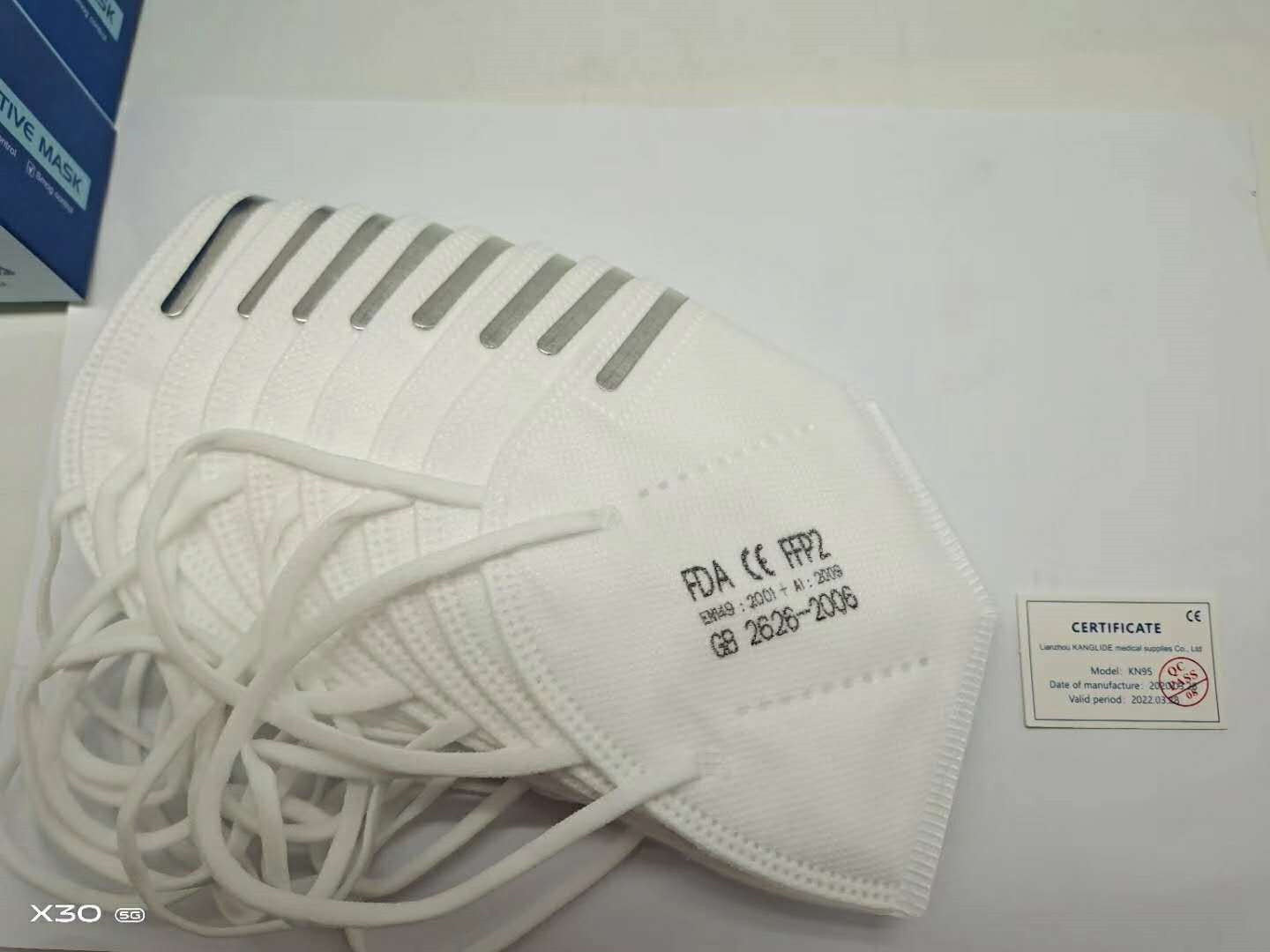about us
News Center
Your current location:Home - About us - News center
Medical equipment masks are divided into: 1
for civil use, 2 for medical use and 3 for medical surgery
1 for civil use: the first type is disposable
mask without disinfection, and the anti-virus rate is 0%
The second type of sterilized mask is called
disposable sterile mask, with an anti-virus rate of 45%
The third kind of N95 has 95% anti-virus rate
2 medical class: the anti-virus rate of
disposable medical mask is 85% or 90%, N90 or Kn90 or kf94
3. Medical surgery: the anti-virus rate of
medical surgery is 95%. Medical surgical mask is a recognized product for cross
infection prevention in operating room.
If you need it , please contact E-mail : sales01@ximeconn.com
We can deliver at any time on express .

The new EU regulation (EU) 2016 / 425 has
been implemented. Respirators belong to the three categories of products
"substances and mixtures endangering health". They must apply for
approval according to module B + module C / D, similar to Section A / B,
Chapter 11, EC type inspection, Chapter 10, Directive 89 / 686 / EEC of the old
regulation.
With the growing awareness of the hazards of
PM2.5, the protection of PM2.5 is also increasing, and the use of masks is
increasing. The state has also updated gb2626-2016 respiratory protective
equipment. It's a very big business opportunity for businesses. Here's a brief
talk about the requirements of major countries in the world for mask
certification and testing. Gb2626-2006 according to the leakage rate of the
mask and the filtering efficiency of the mask itself, the mask is divided into
three grades: 90 (Kn90, kp90), 95 (kn95, kp95) and 100 (kn100, kp100). This
standard is closer to the international standard, such as the European Union
standard EN 149, NIOSH certified mask in the United States, as 1716 in
Australia and js-t-8151 in Japan
Products sold in the EU market must obtain CE
certification. From 2019, the new regulation (EU) 2016 / 425 will be enforced.
All masks exported to the EU must obtain CE certification under the
requirements of the new regulation. EU standards for common respiratory
products are as follows:
BS EN 149: 2001 filtering half masks to
protect against particles
BS EN 136: 1998 full face masks - class 1, 2,
or3 full face masks - class 1, 2 or 3.
BS EN 140: 1999 half / quarter masks
BS EN 14387: 2006 gas filters & combined
filters
BS EN 143: 2000 particle filters
NIOSH classifies its certified particulate
respirators into 9 categories according to Department of health and human
services (HHS) Regulation 42 CFR Part 84. The specific certification is
operated by npptl (National Personal Protective Technology Laboratory) under
NIOSH.
According to the filtering characteristics of
the middle filter screen of the mask, it can be divided into the following
three types:
Grade 100: the minimum filtration efficiency
is 99.97%.
Grade 99: indicates that the minimum
filtration efficiency is 99%.
Grade 95: indicates a minimum filtration
efficiency of 95%.
According to the minimum filtering efficiency
of the filter screen material, the mask can be divided into the following three
grades:
N series: n stands for not resistant to oil,
which can be used to protect non oily suspension particles.
P Series: P stands for oil proof, which can
be used to protect non oil and oily suspended particles.
R Series: R stands for resistant to oil,
which can be used to protect non oily and oily suspension particles.
N95 respirator is one of nine kinds of
particle respirators certified by NIOSH (National Institute of occupational
safety and health). "N" means the particles that are not suitable for
oil (the oil smoke produced by cooking is the oil particles, while the droplets
produced by people's talking or coughing are not oil particles); "95"
means that under the detection conditions specified in NIOSH standard, the
filtration efficiency reaches 95%. N95 is not a specific product name. As long
as the product meets the N95 standard and passes the NIOSH review, it can be
called "N95 mask".

As / NZS 1716:2012 is the respiratory
protection device standard in Australia and New Zealand. Manufacturing
processes and tests must be in accordance with this specification. This
standard specifies the procedures and materials that must be used in the
manufacturing process of particle respirators, as well as the determined test
and performance results to ensure their use safety.
When the safety of life depends on PPE
products, benchmark certification will provide you with real confidence. As a
testing and certification agency, we believe that we can certify and test our
laboratory products according to the industry recognized standards. From safety
glasses to complex respiratory and fire-fighting equipment, we help
manufacturers prove that safety is essential and that products have been proven
to meet agreed high standards.



